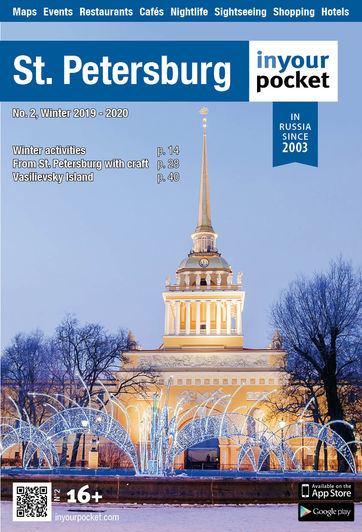Kuzma Petrov-Vodkin. Russian artist
more than a year agoThrough his jobs and with his mother’s help, he was able to get an invitation to study at St. Petersburg's Stiglitz Academy from 1895 to 1897. He later moved to Moscow and then Munich, graduating in 1904. He also studied in private academies in Paris (1905-1908), including in the studio of F. Colarossi. During these years the artist also traveled to Italy, Greece, France and North Africa, and came under the influence of various modern (French symbolism) and traditional (paintings of Ancient Rus' and early Italian Renaissance) styles.
He was a member of numerous artistic organizations such as "World of Art" (1910-1922), "Four Arts" (1925-1928) and others. From 1910 until 1915 Petrov-Vodkin taught at the E. N. Zvantsevoy art school in St. Petersburg, and then at the State Free Studios (1918-1921) and the All-Russian Academy of Arts (1918-1933). He was also appointed as the first chairman of the Leningrad branch of the Union of Soviet Artists.
Already at the beginning of his artistic career, Petrov-Vodkin's art showed symbolic influences ("Elegy", 1906; "The Shore", 1908; "The Dream", 1910). "The Bathing of the Red Horse" (1912) marked a new stage in his work - his attempt to synthesize Eastern and Western painting traditions. It was then that he developed the concept of three colors, because of which he used only the blue, yellow and red colors in his works. This concept was actively applied to his works dedicated to motherhood ("Mother", 1915, "Mother of God of Tenderness Towards Evil Hearts", 1914-1915, "Petrograd Madonna", 1918).
In the 1910's, Petrov-Vodkin developed a certain artistic-theoretic system where the main role is played by the principle of the "spherical perspective" which gives the paintings a feel of "the earth as a planet" ("Midday. Summer", 1917; "The Portrait of Anna Akhmatova", 1922 and others). Having sincerely embraced the Bolshevik Revolution, the artist created epically idealized images of the Civil War ("After the Battle", 1923; "The Death of a Commissar", 1928). At the turn of the 1920's and 1930's, Petrov-Vodkin had to put his art on pause due to illness. He used this time to try his hand at literature. That is when he wrote his autobiographical pieces "Khlynovsk" (1930) and "Euclidean Space" (1933).
/st-petersburg-en/mikhailovsky-palace-russian-museum_141314v
The Mikhailovsky Palace is the traditional epicentre of the Russian Museum, built in 1825. Located within the historic centre of St. Petersburg, it is a fine …
/st-petersburg-en/benois-wing-russian-museum_10323v
The project of Benois Wing was executed by the architects L. Benois and S. Ovsyannikov in 1910-1912. Originally the building was purposed for different …





Comments